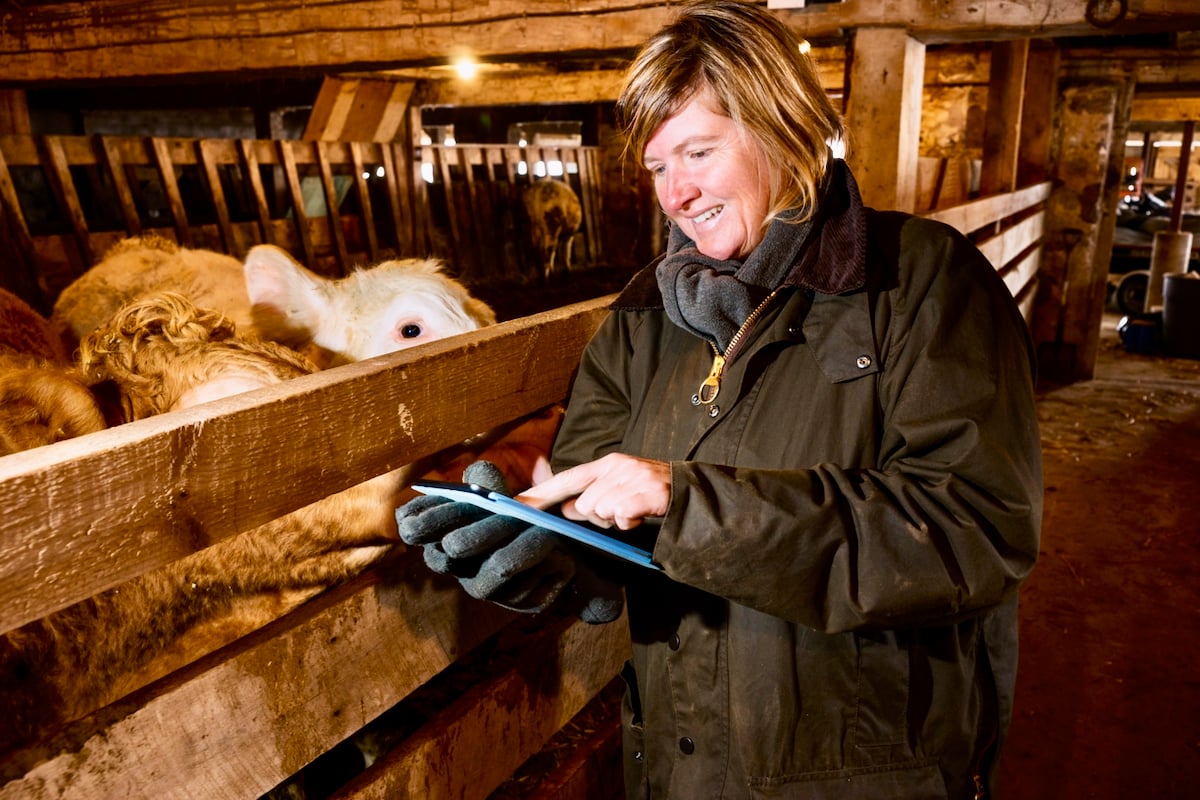If you take Canada’s inventory of farm machinery and multiply its working capacity times an average number of days for seeding, spraying or harvesting, how many acres will you top out at?
Can the average farm cover 20 per cent more acres than it is actually farming? Or 50 per cent?
Certainly it’s more than five years ago.
This isn’t to say that excess capacity is always bad. But even the machinery industry must agree that at some point, you cross the line into overspend.
Read Also

A guide to farm financial ratios
Some farm managers love to spend the winter poring over their financial statements and analyzing all ratios and indicators and…
Of course, as I have complained in past, our universities and our governments really aren’t much help. As a farmer, you can pretty easily leverage your checkoffs to breed higher-yielding or more disease- resistant crop varieties, but you can’t get a publicly paid economist to work on issues that actually matter to commerical farms.
Anyway, given the scarcity of meaningful economic research in Canada, take a look at what you do know. Sit down for a half-hour, either with pen and paper or your notebook, and add up not only your own capacity, but also the capacity of the farms you know within, say, 15 or 20 miles of your home place.
- More with Country Guide editor, Tom Button: The bull is only sleeping
Then compare that not only to the number of acres that are being farmed within that same radius, but also the amount of land that is coming up for sale, or that is available to new renters.
I keep coming back to the reporting that associate editor Maggie Van Camp did just over a year ago into what happened to U.S. farmland prices the last time commodity prices went through such a steep dive as we’ve seen in 2014.
It was the 1980s, and of course, interest rates that were far higher than today. Nevertheless, what Maggie found is that farmland prices didn’t collapse with the downturn in commodity prices.
In fact, U.S. researchers later documented a six-year lag between the drop in grain values and any significant response in land markets.
We’ll likely see the same in Canada this time around. Who would rush now to cut prices on large amounts of farmland? The number of sales may go down, but not the prices.
From the outside, you’d think it would create stagnation. But the U.S. evidence is that somehow the long-term trendlines continued for agriculture overall. America’s farm sector evolved. There were winners. There were losers. And farm size kept notching up.
The point is that there is a lot more evolution going on than we can actually see. Some farms are increasing their competitiveness. Others aren’t.
But the question I really don’t know the answer to is, are the winners going to be the farmers with equipment that will cover 150 per cent of their current holdings, or those with 110 per cent?
















